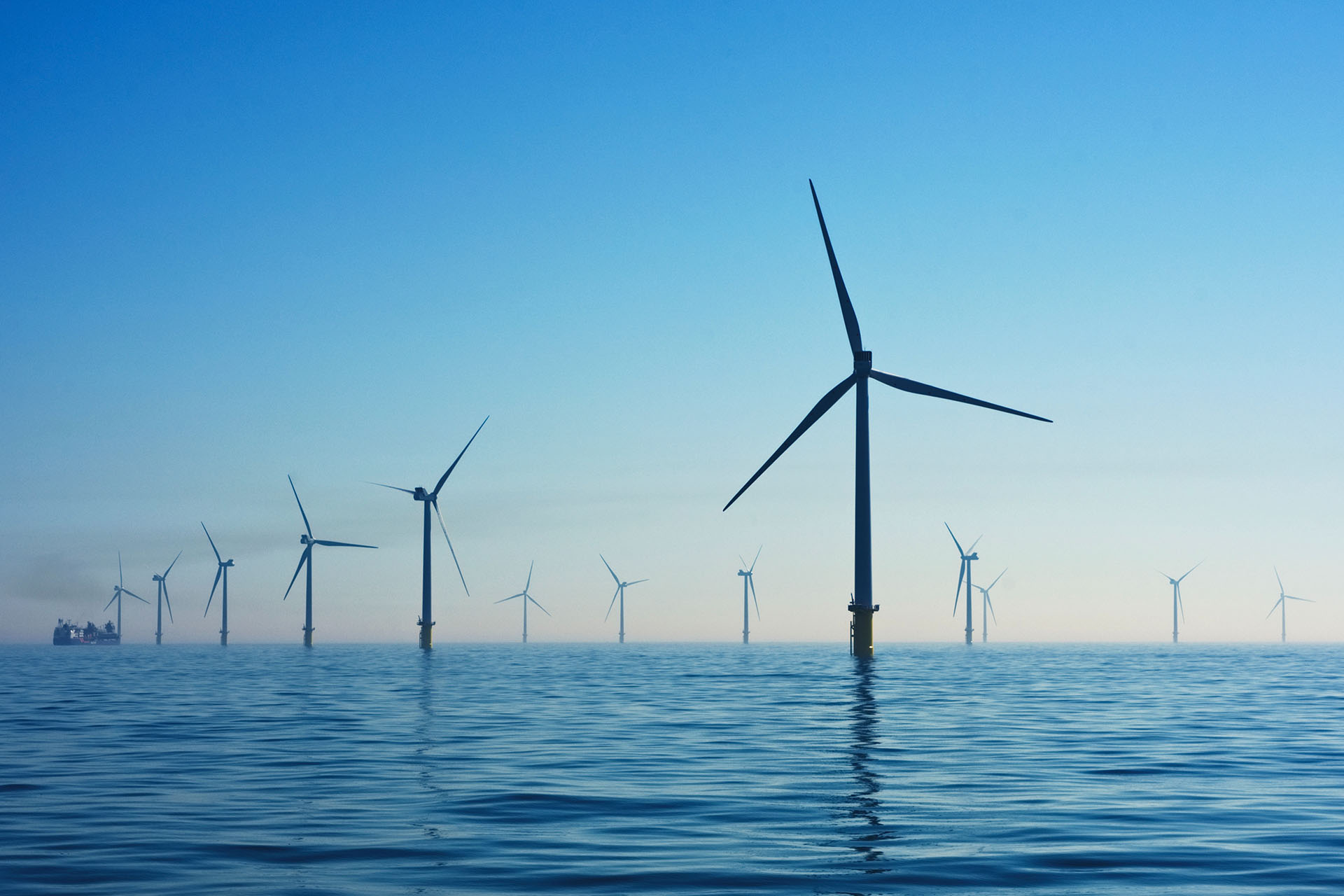The Boston Consulting Group just published a 30 page report on financing sustainability in fashion. For all the talk about sustainability, how do we actually get investors putting money into the areas we need to revolutionize?
First, a few statistics that jumped out:
The fashion industry contributes 2% to 2.5% to global GDP.
But, fashion’s share of:
- global carbon emissions is 5% to 10%.
- global freshwater extraction is 5% to 7%
- industrial water pollution is 20% 🤯
- global waste produced is 4%
Those are not encouraging. But, if you’re reading this newsletter, you already know the situation is urgent, so why haven’t we already seen significant change?
Hard Tech vs. Soft Tech
The key argument the report makes is there is a massive $30 billion funding gap for Hard Tech fashion solutions.
Soft Tech, or things that are purely digital, have been receiving plenty of money; platforms like TheRealReal, or SaaS products like Yerdle, have found plenty of money.
Hard Tech – new types of machinery, production lines, farming techniques, and recycling infrastructure – is where we would see the most impact, yet, there is very little investor interest.
So how can the industry start pushing more interest into the funding of hard tech solutions? We’re currently facing two key problems:
1) There’s no appetite for R&D
This was another shocking stat:
Historically, the industry has reported significantly lower R&D investment than other industries. Typical R&D investment for the fashion industry is less than 1% of sales, compared with about 10% to 15% of sales for consumer electronics companies and about 20% to 30% of sales for pharmaceutical and biotech companies
For all the talk of innovation, no one is investing in innovating!
It makes sense, however, because the system has been working in a stable manner over the past few decades. While we’ve seen tremendous disruption on the front-end (between physical retailers and ecommerce), there has been incremental change on the manufacturing side. That’s where we need to see a radical shift.
2) The disconnect between Supply Chain Partners and Brands
The supply chain is where innovation needs to happen, but the transactional, short-term relationships between most brands and their supply chains mean the latter have very little incentive to invest.
While brands make commitments to undertake more sustainable practices, much of the change must occur at different stages of a highly fragmented supply chain. This creates a situation in which players in the supply chain are often asked to bear the risk, costs, and effort of innovating, with little guarantee that they will be in a position to capitalize on their investment
The ultimate beneficiaries of innovation are the brands, which reap the rewards of marketing and offering differentiated products to end consumers. Suppliers and manufacturers positioned early in the value chain do not benefit from strategic or branding advantages the way brands do.
This last part really struck me. As brands, we can wait for some supplier to magically figure things out and let us know when they’re ready for us. While we are having a bit of luck with that 😀, every investor and brand needs to begin taking more risks if we’re going to get anything done.
And don’t take my word for it. Listen to Greta (below)!!
Happy Reading,
Ranjan
FASHION
Stella McCartney unveils first biodegradable stretch denim
The Coreva Stretch Technology is produced in a safe, toxic-free environment, using organic cotton wrapped around a natural rubber core, according to British media reports. This ensures the fabric is free from plastics and micro-plastics and biodegradable, without compromising on elasticity.
H&M’s AI operation helps make its supply chain more sustainable
Soft Tech:
H&M created its AI department in 2018, with one of the expressed goals of helping the company make more sustainable business decisions, according to its 2018 Sustainability Report. Now 270 people are working to apply AI to different segments of the company to be as data-driven as possible, Zeighami explained.
“We’re actually working very specifically on being able to, for instance, calculate and quantify how many cases you’re going to buy [of any item],” he said. With precisely honed demand forecasts, supply chains can use only the resources they need and no more. Without precise demand planning, the result is waste — a historical problem for the fashion industry.
The Future of Sustainable Materials: Milkweed Floss
It grows like a weed, can make a rock float and — perhaps most promising — it’s six times warmer than wool, which means it could offer a plant-based alternative to down.
Buzz builds around made-to-order fashion manufacturing
Startups are developing technology to create made-to-order products that reduce waste and increase personalisation.
Adobe’s AI lets you preview any item of clothing on a virtual body model
I’ve previously alluded to my fascination with virtual clothing. We could be one step closer to that future, as new research from Adobe demonstrates an AI model that can fit the folds and wrinkles of a clothing item to a photographed body in a natural manner.
INDUSTRIES
Nestlé is spending billions to create a market for recycled plastics
Good PR.
Plastic giant Coca-Cola says people want its plastic
Bad PR.
These salad vending machines are going to be a lot easier to find in New York
There unfortunately are no kiosks near the NYC Adore Me office, but this looks like a very cool initiative.
A Surge of New Plastic Is About to Hit the Planet
Just when you thought clean energy might mean no more oil companies:
Companies like ExxonMobil, Shell, and Saudi Aramco are ramping up output of plastic—which is made from oil and gas, and their byproducts—to hedge against the possibility that a serious global response to climate change might reduce demand for their fuels, analysts say. Petrochemicals, the category that includes plastic, now account for 14 percent of oil use and are expected to drive half of oil demand growth between now and 2050, the International Energy Agency (IEA) says. The World Economic Forum predicts plastic production will double in the next 20 years.
USV and the Climate Crisis – Union Square Ventures
NYC investor Fred Wilson’s Union Square Ventures just published a 66 slide deck outlining their thesis on making climate-investing a major part of their strategy. It’s certainly worth a skim and you can learn things like “2% of all cars sold are electric vehicles” and “the price of solar and wind has fallen 90% in the last 40 years.”








